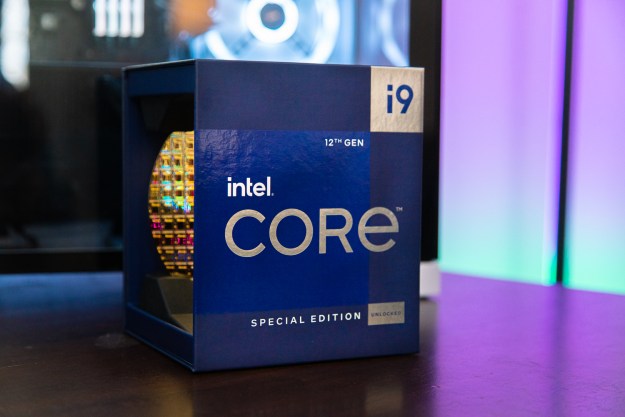Intel has formally taken the wraps off its Centrino 2 mobile platform, offering intregrated Wi-Fi wireless networking, an option for discrete video controllers, and new HUGI—Hurry Up and Get Idle—technology designed to reduce processor power consumption (and even disable parts of the CPU) in order to extend battery life in notebooks and mobile devices. Centrino 2 technology also takes up far less space than its predecessors, opening the door for more manufacturers to produce super-thin notebook computers.
“When we first introduced Intel Centrino back in 2003, there were very few Wi-Fi hotspots, YouTube videos and social media didn’t really exist, ‘thin and light’ only referred to weight goals and desktop PCs outsold notebooks by a very wide margin,” said Intel corporate VP Mooly Eden, in a statement. “Today, notebooks outsell desktops in the U.S, and we’re paving the way to HD entertainment, rich online gaming, faster broadband wireless speeds, and an easier and more secure way for businesses to manage, update and repair their notebook fleets.”
The Centrino 2 platform will be available in two flavors—a vPro platform aimed at businesses and enterprise customers (formerly codenamed Montevina), and a multimedia-savvy version aimed at consumers designed to enable users to play back a typical Blu-ray movie at high definition on a single battery charge.
Later this year, Intel plans to roll out a WiMax-enabled version of the Centrino 2 platform to enable wireless broadband network; U.S. wireless carrier Sprint is currently building out is Xohm WiMax network with Clearwire and expects to be operational later this year. In addition, Intel plans to launch an SFF—Small Form Factor—edition of the Centrino 2 platform, incorporating the same space-reduction technology Intel developed for Apple’s MacBook Air ultra-thin notebook computer.
Intel plans to introduce five new dual-core mobile processors to accompany the Centrino 2 platform, and also announced plans to ship its first quad-core mobile processor within 90 days under the Core 2 Extreme brand.
Editors' Recommendations
- Intel just launched the ‘world’s fastest’ CPU
- Intel may be ready to launch a new monster CPU
- Intel’s most powerful CPUs may not launch until 2024
- AMD might finally beat Intel for the fastest mobile gaming CPU
- Intel’s Thunderbolt 4.2 promises up to three times the capability of predecessor


